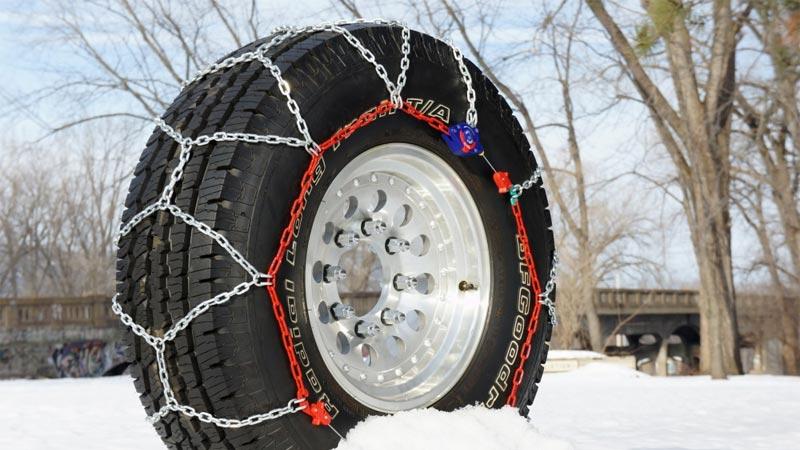
Winter on the road
In winter, even winter tires are not always able to cover certain sections of the road. Snow chains are often needed, especially in the mountains.
There are two main types of chains: overrunning chains and quick release chains. The overrunning chains are deployed in front of the drive wheels, run over them and then assembled. In the latter case, there is no need to move the car, and the assembly is less burdensome.
There are three chain patterns: Ladder, Rhombus and Y.
The ladder is the basic model recommended primarily for drivers who will use chains occasionally and have cars with less power.
The rhombic pattern, thanks to the constant contact of the chain with the ground, provides the best traction properties, thus preventing side slippage.
The Y pattern is a compromise between the patterns described above.
Chain links must be made of a material that is resistant to abrasion and tear. Usually it is manganese or nickel-chromium-molybdenum steel. Good chain links have a D-shaped cross-section, which provides sharp outer edges for better chain performance on snow and ice.
Chains must have tension locks; its absence leads to weakening and breaking of the chain.
Some vehicles have a small amount of clearance between the suspension components and the wheels. In this case, you should use chains protruding from the wheel no more than 9 mm (the most popular value is 12 mm). 9 mm chains should be made of more durable materials; Due to their design, they cause less wheel vibration, which is recommended for vehicles equipped with ABS.
In recent years, self-tensioning chains have appeared on the market that do not require re-tensioning after driving a few tens of meters. In addition, they provide self-centering of the chains on the wheels.
Depending on the model and size, a set of snow chains for passenger cars usually costs between PLN 100 and PLN 300.
For SUVs, vans and trucks, chains with a reinforced structure should be used, which makes their price higher by several tens of percent.
You should know that:
